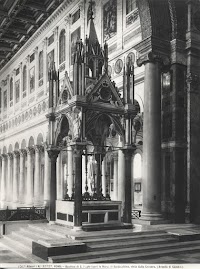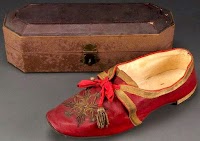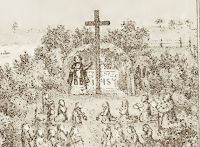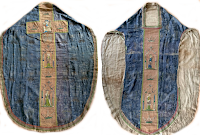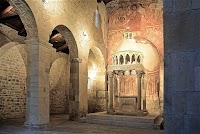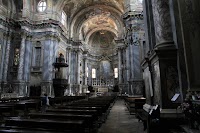 Frequently when penitential seasons roll around (or, for that matter, when a requiem happens) if clerics are seen wearing a lace alb the argument is made that lace is not supposed to be worn in times of penance or mourning. (The implication being, it would seem, that lace i…
Frequently when penitential seasons roll around (or, for that matter, when a requiem happens) if clerics are seen wearing a lace alb the argument is made that lace is not supposed to be worn in times of penance or mourning. (The implication being, it would seem, that lace i…
Our Advertising Partners
-
The global pandemic has disrupted the normal celebration of the Holy Week in Spain, where, for a second year, the government has forbidden t...
-
To the person who simply enjoys beautiful art and architecture, distinctions like "baroque" or "rococo" might seem overl...
-
We live in a very visual, image-based culture and, what's more, there is always lots of curiosity around the matter of traditional papal...
-
The earliest pictorial representations of the Baptism of the Lord were carved in stone, on Christian sarcophagi. Later, during the long Mid...
-
The mitre is one of the most recognizable symbols of prelates of the Church, specifically of bishops up to the Roman pontiff himself -- thou...
-
In a previous article we considered what the exterior of Old St. Peter's was like and today we will turn our attention to the interio...
Blog Archive
-
▼
2020
(252)
-
▼
November
(20)
- The Use (Or Not) of Lace in Penitential Times
- Three Roman Altars and Ciboria with their Pre-Conc...
- Interplay of Art and Architecture at St. Joseph's ...
- Some Fifteenth Century Chasubles
- Variations in Season of Advent in the Western Litu...
- Christus Vincit! Music for the feast of Christ th...
- The History and Symbolism of the Pope's Red Shoes
- American Thanksgiving: Catholic Devotion and Liturgy
- The Sedlec Ossuary Chapel in the Czech Republic
- Vestments: Varieties of Viridi (Green)
- A Prelate's Embroidered Lace Alb from the Late 1600's
- An English Chasuble of the Sixteenth Century
- San Pietro ad Oratorium in Capestrano
- Book Review: "With Latin in the Service of the Pop...
- The Altar and Its Related Parts: Avoiding Abstract...
- Cartagloria: Eighteenth Century Altar Cards
- Phat Diem Cathedral in Vietnam
- Sacristy Series: The Merits of the Italian Form of...
- In Tribute to Don Giuseppe Vallauri: Zealous Defen...
- Memento Mori – The Congregation of Good Death of B...
-
▼
November
(20)
Donate
Copyright ©
Liturgical Arts Journal | Powered by Blogger












